Exterior
The Gungnir gaming case series has a new top model, the 300R Airflow. This 60-litre midi-tower brings, among other things, features that facilitate the installation of components. All in all, we can probably talk about a user experience on a higher level. Whether it lives up to the selling price is up for consideration. The price is set quite high and the innovations that the MSI case brings may not be enough for everyone.
Basic parameters
| Parameters | MSI |
| MPG Gungnir 300R Airflow | |
| Supported motherboard formats | Mini-ITX, mATX, ATX, E-ATX |
| Supported PSU format | ATX |
| CPU cooler | up to 175 mm |
| Graphics cards | up to 360 mm |
| Fan | 2× 60 mm/1× 80 mm/10× 120 mm (4× pre-installed)/6× 140 mm |
| Supported liquid radiators | 2× up to 280/360 mm/1× up to 140 |
| 2,5" positions | 6 + 2 shared |
| 3,5" positions | 2 shared |
| 5,25" positions | 0 |
| Dimensions [H/D/W] (and volume) | 510 × 505 × 235 mm (60,5 l) |
| Weight | 10,9 kg |
| Materials | steel + plastic + tempered glass |
| Connectivity | 2× USB 3.2 gen. 1 typ A + 1× USB 3.2×2 gen. 2 typ C + 2× 3,5mm jack |
| Approx. retail price | 184 EUR |
Exterior
The case came in a colourless cardboard box filled with foam, which protects it from damage in transit. As part of the padding, there is also one smaller accessory box. In addition to simple instructions and a promotional leaflet, inside you’ll also find screws and single-use zip ties for installing hardware. You can find the full instructions up on MSI’s website, which also includes a variant of the case with a “P” instead of an “R”. The metal bracket for vertical installation of a graphics card can be considered an extra accessory. A screwdriver (in the shape of an “L”) is also relatively rare in terms of accessories supplied.
The left side panel of the case is tempered glass. The micrometer stopped at 2.91 mm when measuring the glass thickness, while MSI claims 3 mm. The bottom of the side panel has three hooks that secure against the case frame. The top has three round latches that snap into the frame. I have to say that the strength of this particular joint is high. But to make absolutely sure that the side panel will not fall out during transportation, it has a locking screw on the back. This is made in such a way that it still holds onto the side panel even when unscrewed.
The right side panel has the same mounting as the left one. There are hooks on the bottom and round latches on the top. There is also the possibility of locking via a screw at the back. But what is interesting is the bottom part of the right side panel. It is perforated almost the entire length. The panel openings are large but on the inside there is a magnetic filter that stops any particles from being sucked in. But not all of them, because they are one millimeter in size.
The front panel retains the contours that are typical of gungnir cases. You won’t find any rounded parts at the front and all the sharp ones point straight to the centre. As the name of the case suggests, the entire front is perforated. There is also perforation behind the top finning of the case, but not behind the bottom one. The entire panel can be easily removed using the shallow handle on the bottom of the case.
Behind the front panel, there is no further protection in the form of a nylon dust filter. I see this as a minus in a case that already ranks in the upper middle class with its price tag.
When you remove the front panel, you get a look at the three 120mm MPG F120 ARGB fans. According to the manufacturer’s specifications, their speed should range from 600 to 1200 rpm. All three are mounted in the frame. Its mounting in the case is thought out quite reasonably. It is secured on top with just two screws, while the rest of the frame is hooked into the case structure from behind. The installed fans can also be swapped out for three 140mm fans or a 280/360mm liquid cooler radiator.
The connectors and buttons of the case are located on the top. There are two USB Type-A connectors, one fast (up to 20 Gbps) Type-C connector, and two 3.5mm microphone and headphone jacks. While three USB connectors are probably standard today, I can imagine that with the higher price of the case, it would have at least four USB Type-As and one Type-C on it. There are three buttons. Two smaller ones for rebooting the system and switching the fan backlighting, and a larger one for powering on. To activate them, you just have to overcome a short path, where you also get a distinctive audio response.
The rest of the top is covered with a magnetic filter with millimetre holes as protection against dust. Since the top part of the case is mostly used for exhausting heated air, I don’t see any reason to fit a fine and at the same time more expensive nylon filter here. Such a design looks cheap on an upper mid-range case.
Three 120 mm or two 140 mm fans can be mounted on the top. There is also room for a liquid radiator up to 280/360 mm formats.
On the top of the back of the case there is an opening for the motherboard I/O panel, next to which there is a position for one 120/140 mm fan. Mounted here is an MPG F120 ARGB fan, identical to the ones on the front intake. In the middle are seven caps for PCI Express expansion cards, which you can only access from inside the case. First glance may be deceiving, but the entire panel with the caps is removable. In the accessory box you’ll find a second one, which allows you to mount your graphics card in a vertical position. They are mounted in the same way as the side panels. Via four round latches and two securing screws. Untypically, the vertical panel can accommodate two 60 mm fans to the right of the graphics card. In order not to clash with the motherboard, they can be a maximum of 15 mm thick.
The last and lowermost part here is the opening for the power supply. Four holes directly in the sheet metal and the absence of an additional bracket means that the power supply will be mounted through the right side panel.
The bottom of the case consists of four feet with non-slip pads and one fine dust filter in the frame. Personally, I don’t like the way it pulls out from the back because if you have a wall or other obstruction behind the case, you’ll have a harder time removing it.
- Contents
- Exterior
- Interior
- Testing methodology
- CPU and GPU cooling tests
- Motherboard cooling tests
- SSD cooling tests and under-ceiling temperature
- Conclusion






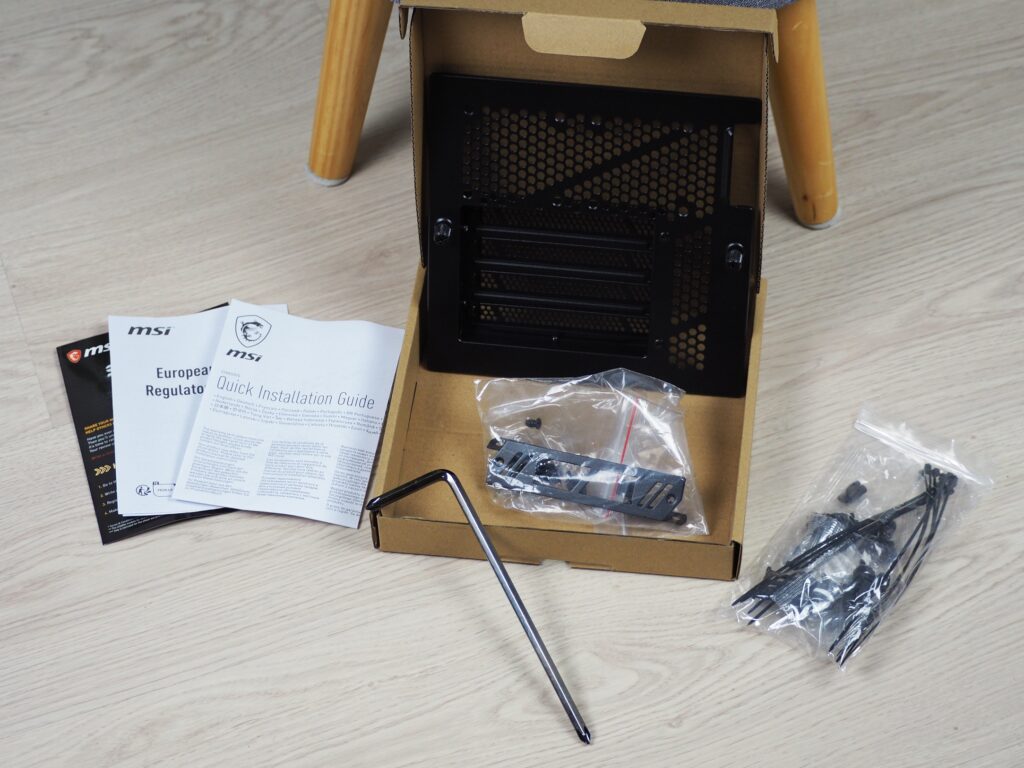

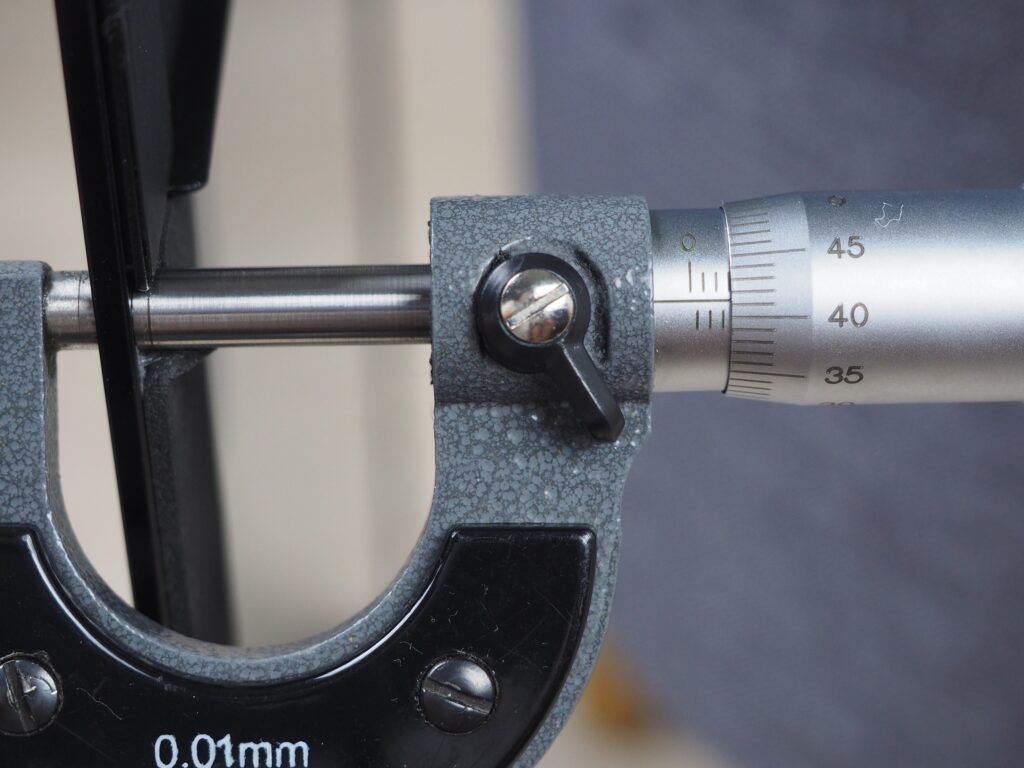

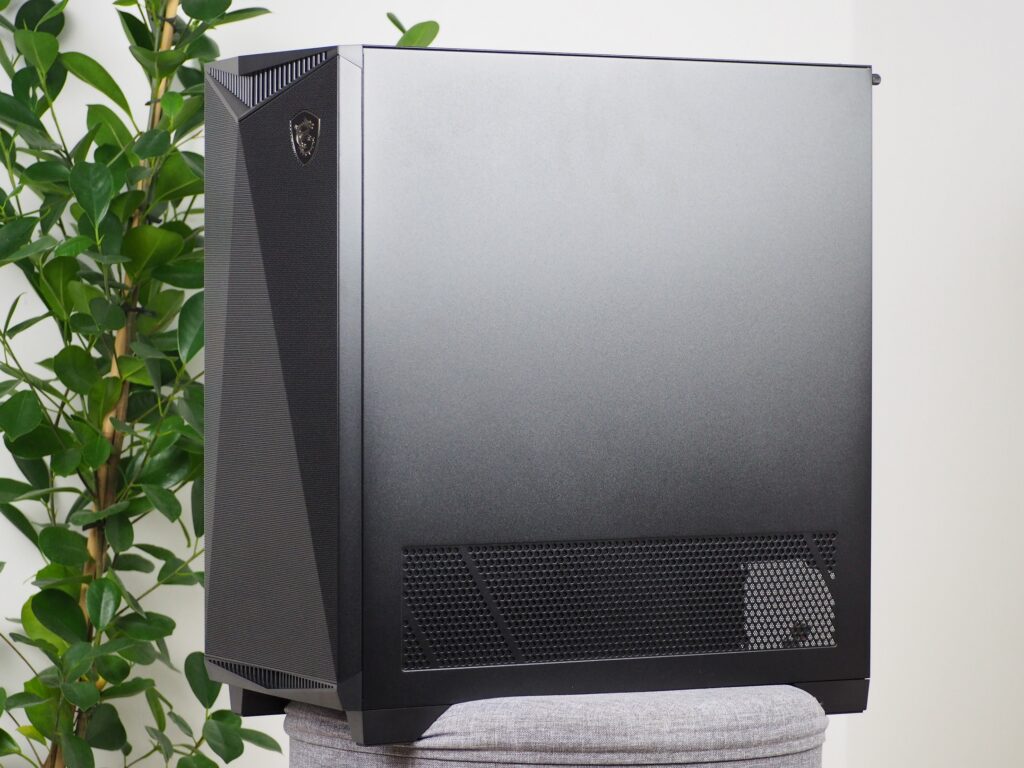
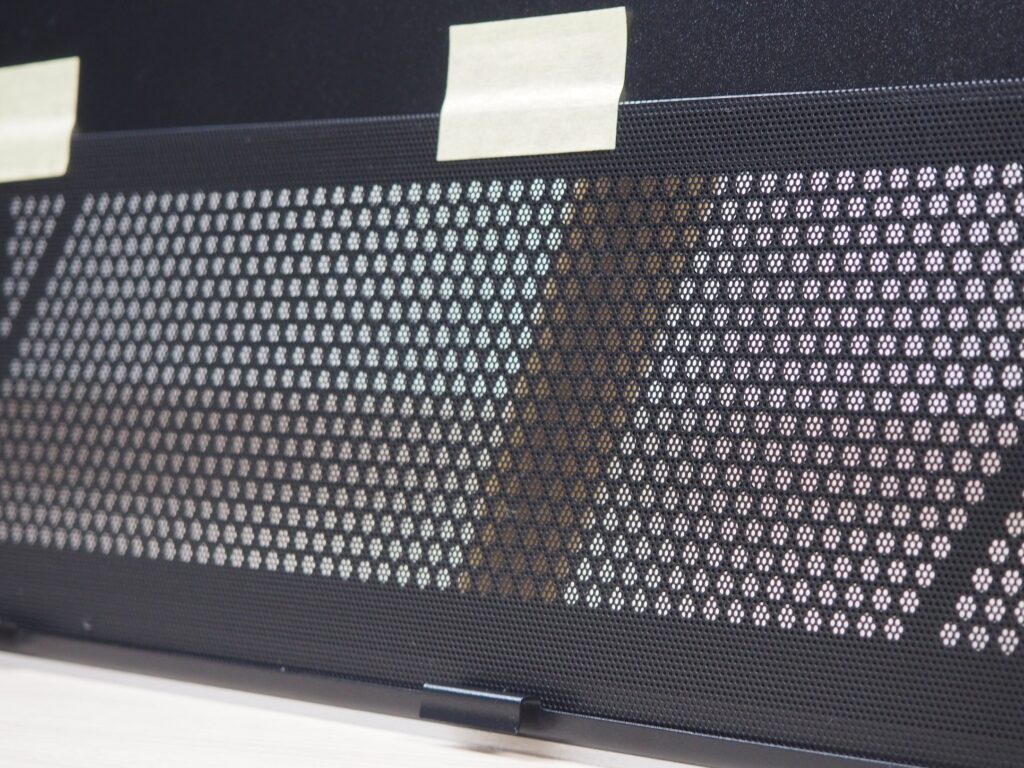
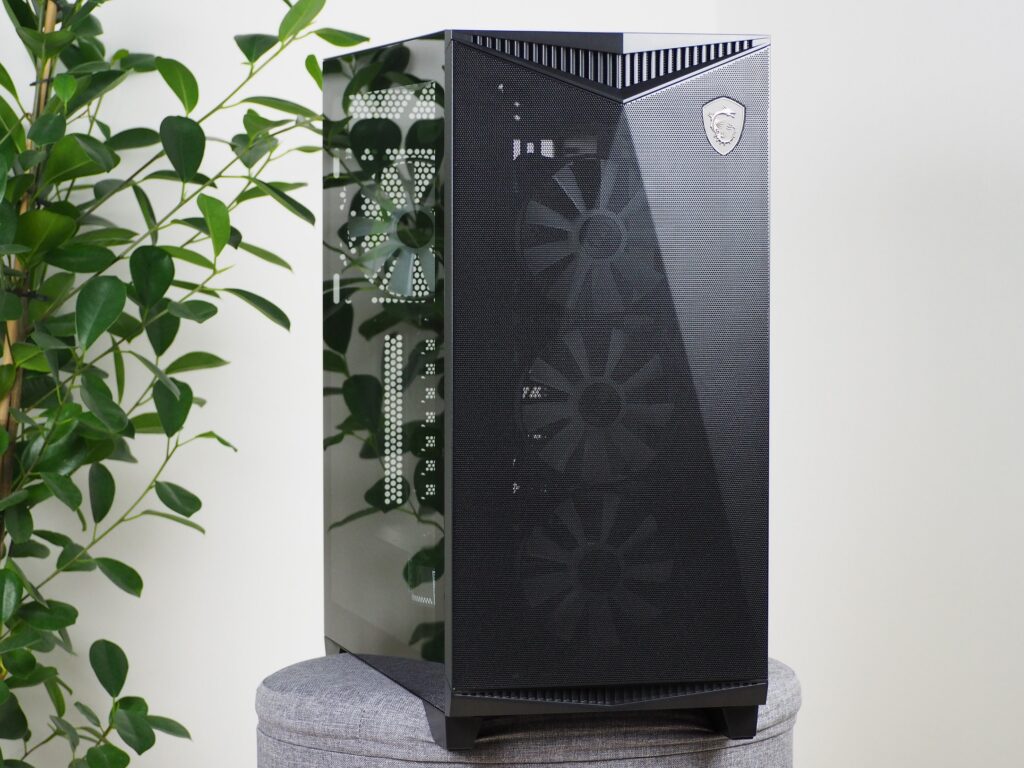


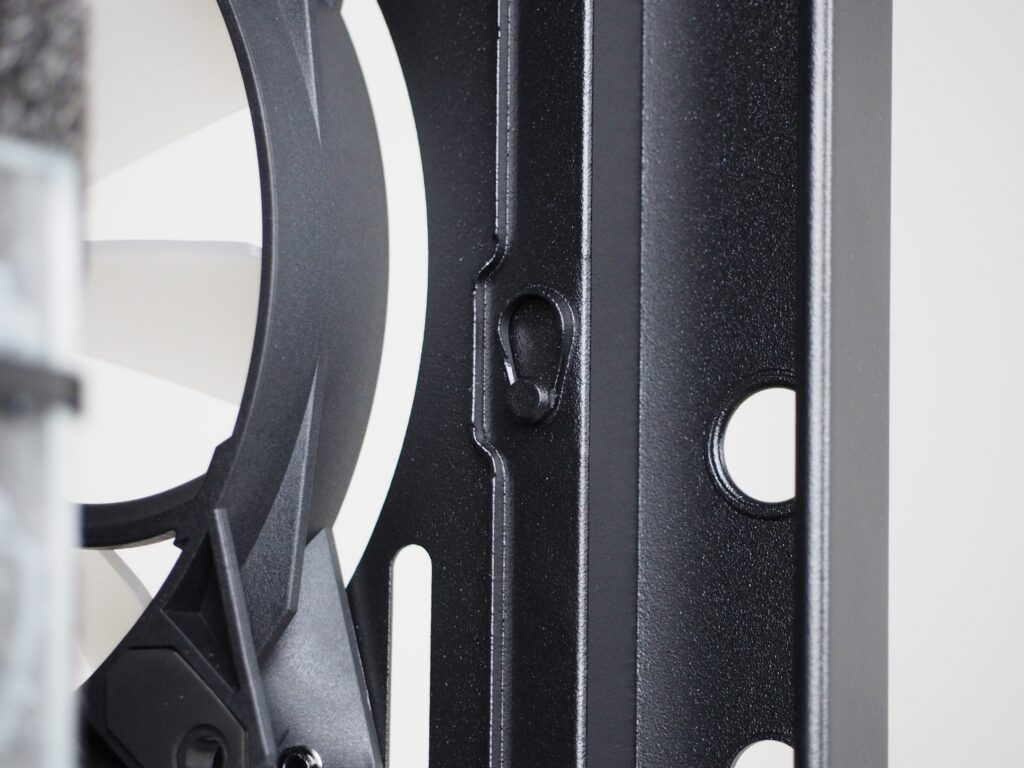
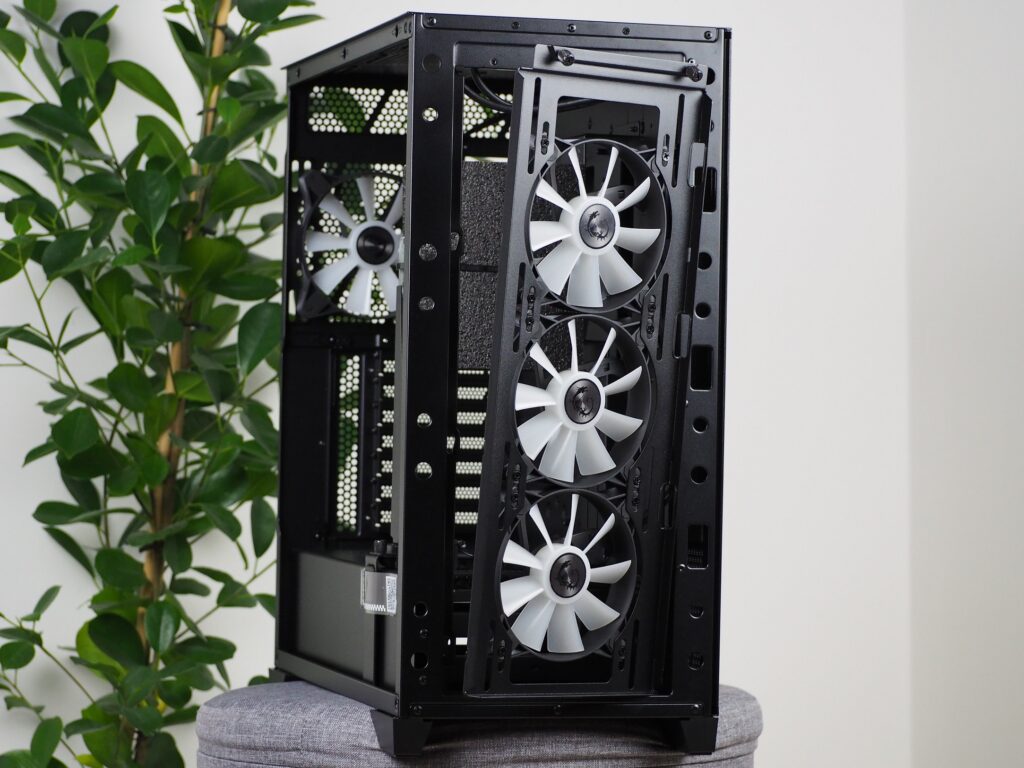
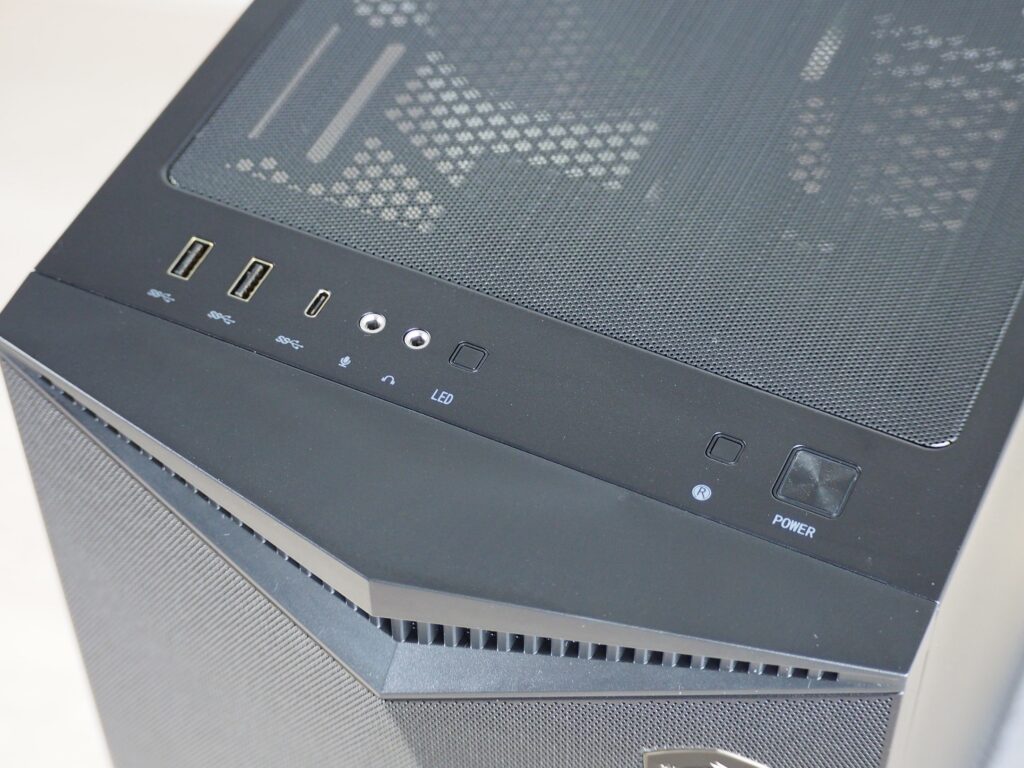
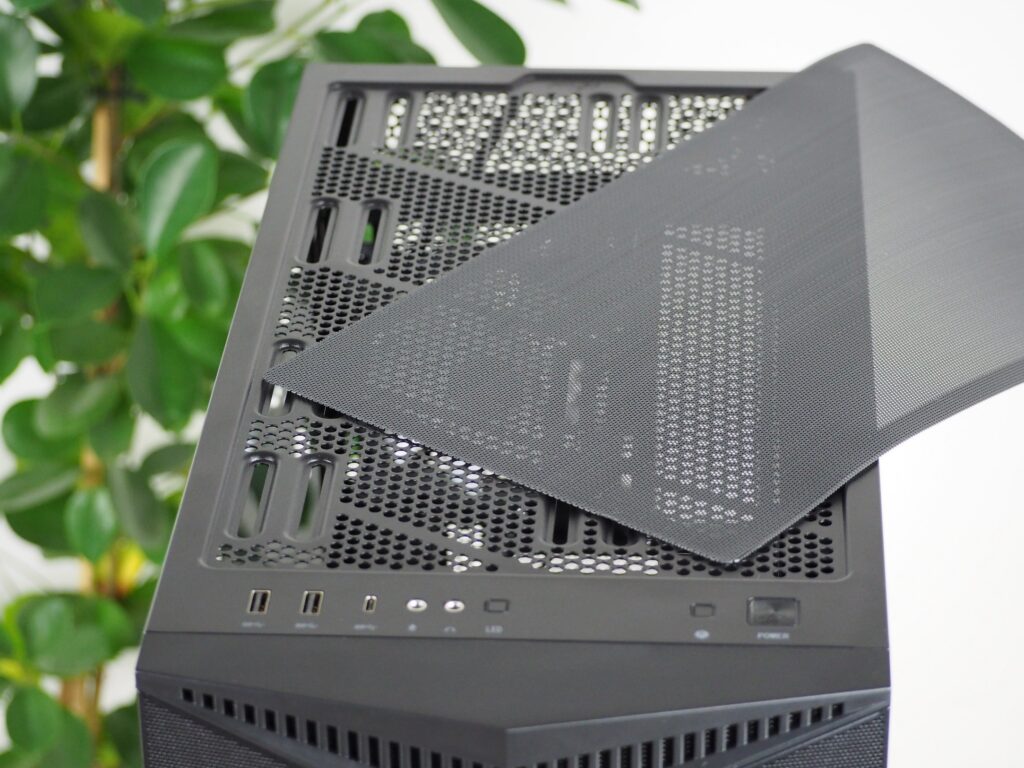

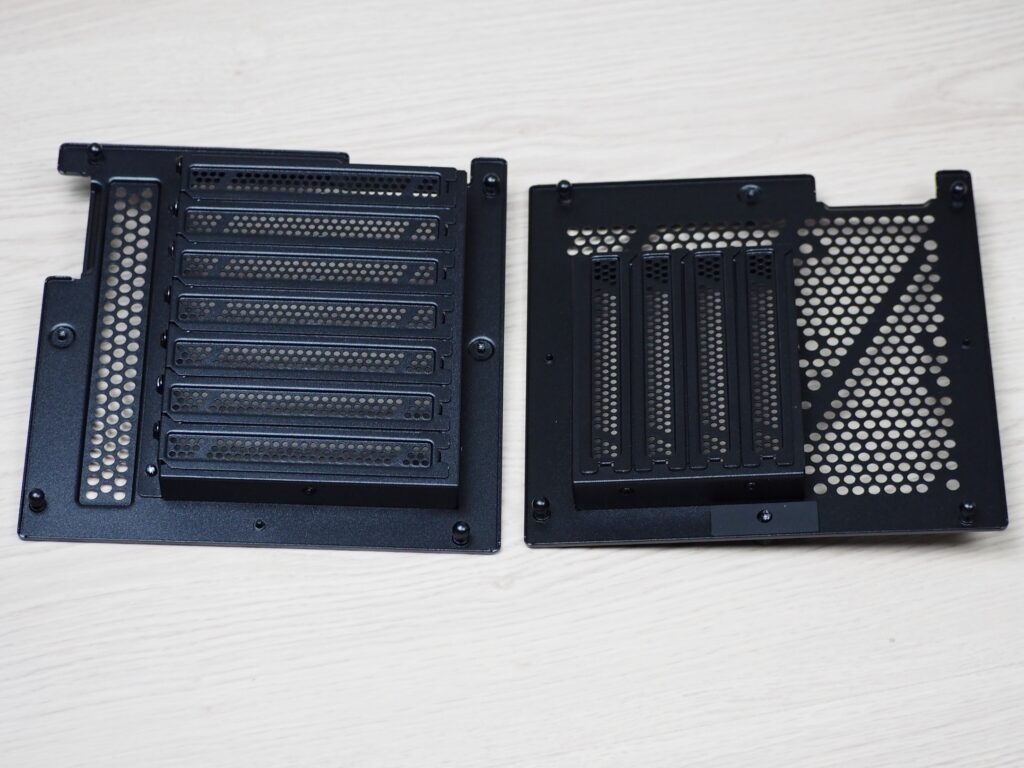

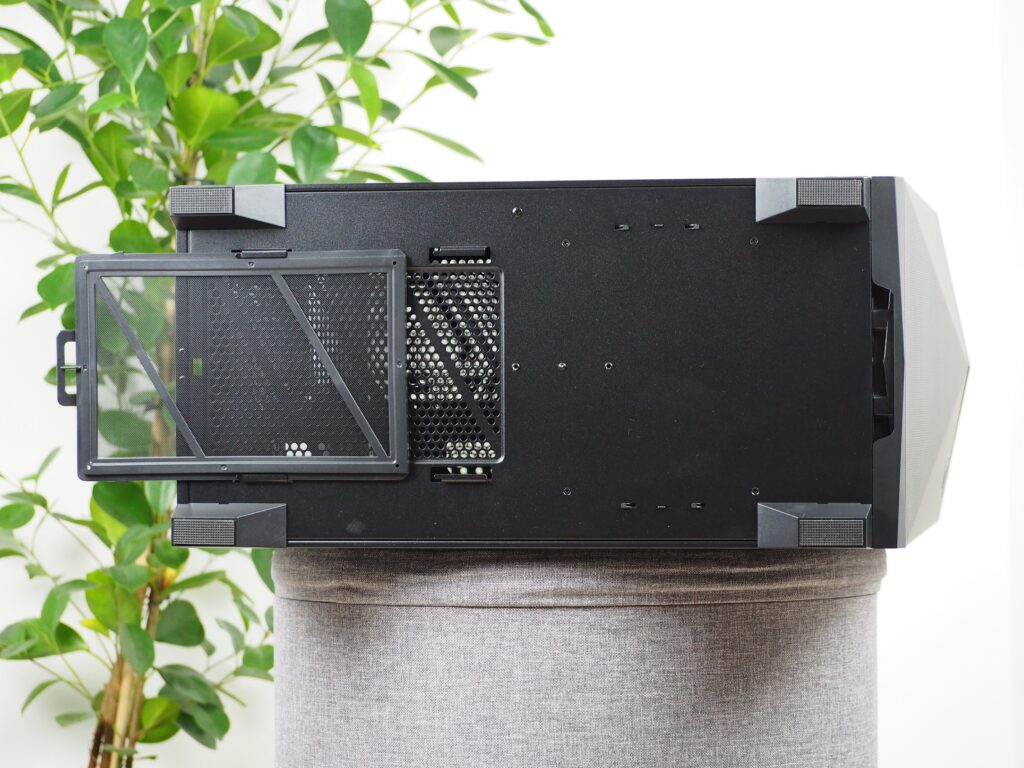
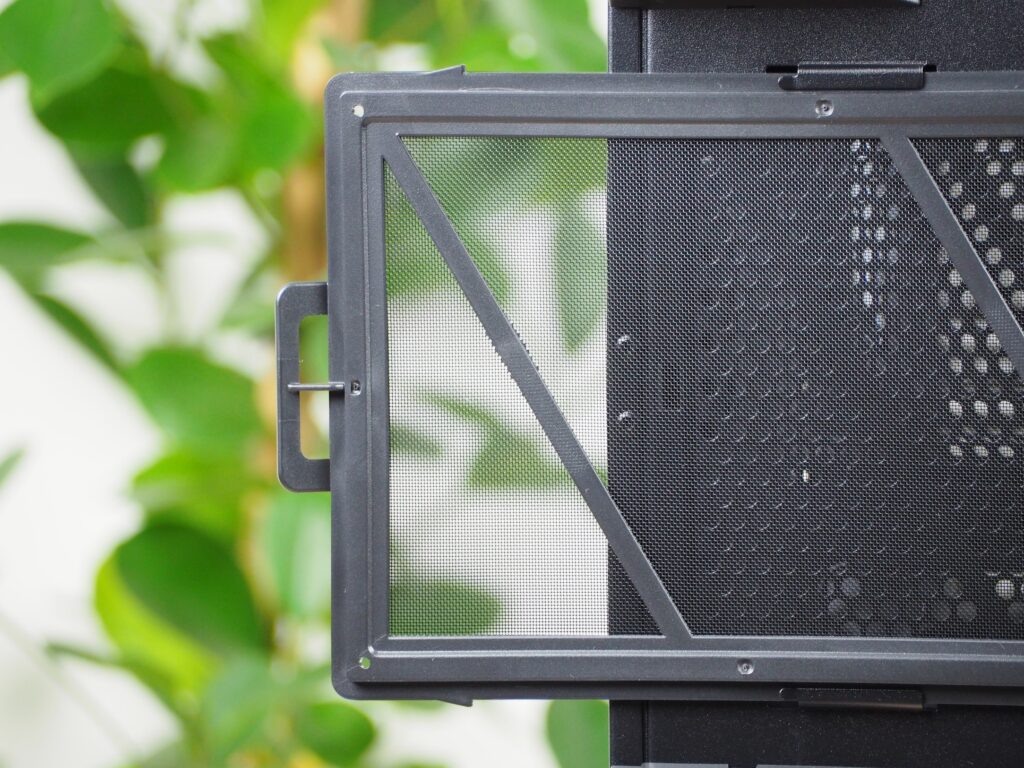

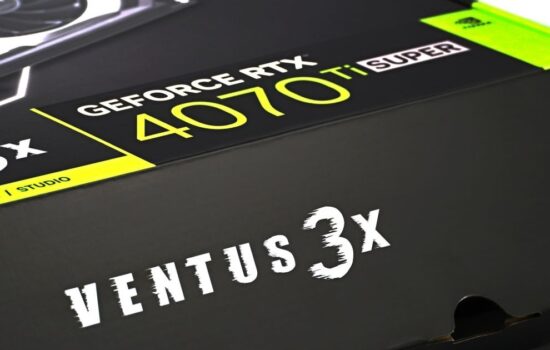




Anytime I see new case (especially costing that much), I immediately compare it to Fractal’s Define 7/Meshify 2 which I find special ones. Maybe not first ones not having any serious flaws, but first ones not having them when also having just anything enineered that well to the point of competition (or just me trying hard to complain) not having ideas how to do it better or improve it further. They are like pc case benchmark and it’s sad to see that they are already three years old, but for all this time nobody managed to create something that good when it could be that easy as copying all of the tricks. The problem of this MSI case is not even trying when costing the same money.